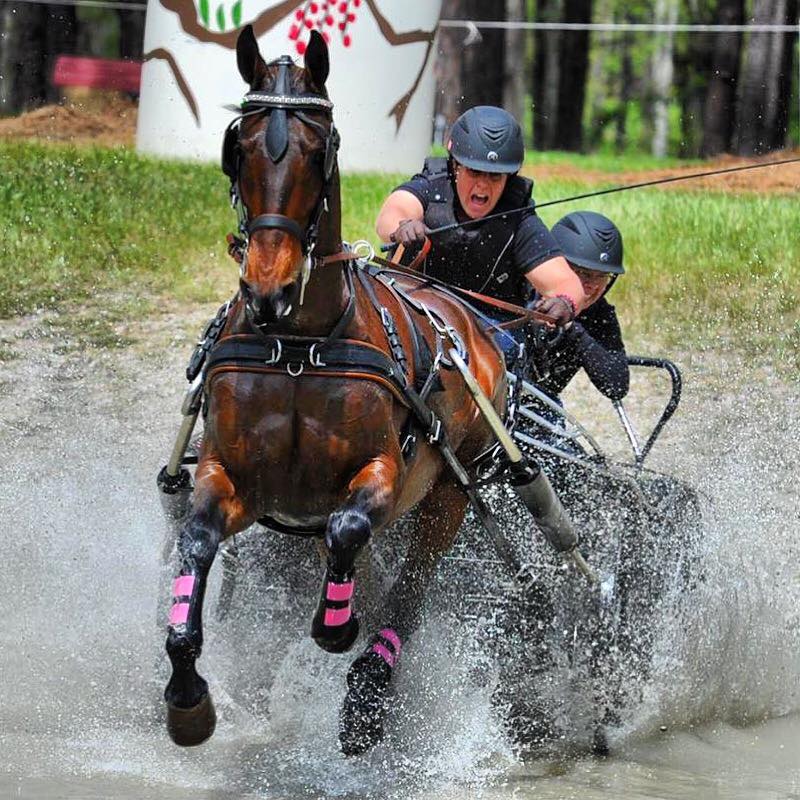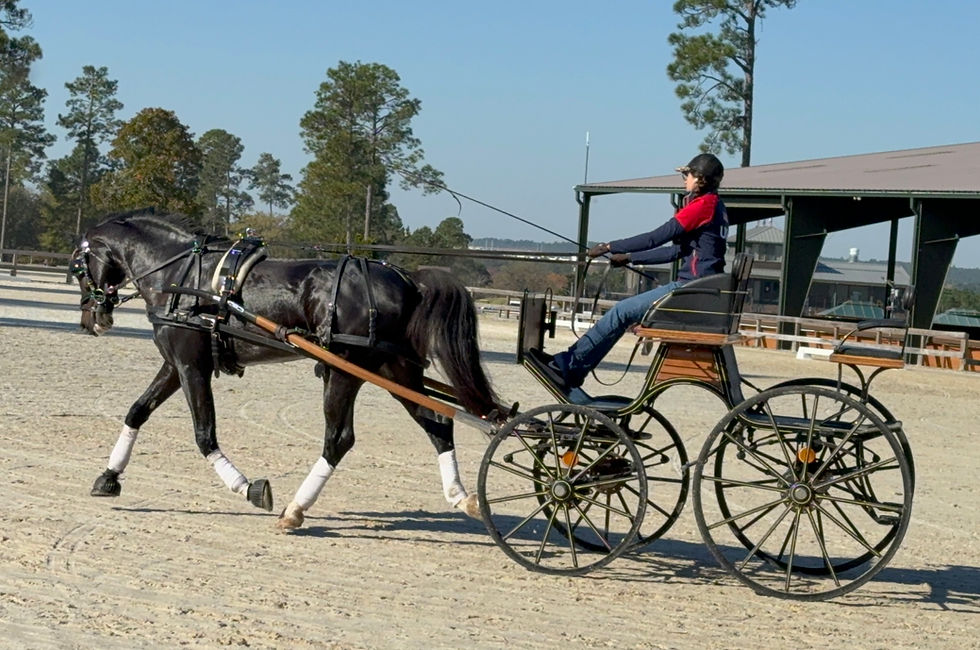Teaching a Horse to Stand Tied at the Patience Tree — Why It Matters More Than You Think
- jess3152

- 4 days ago
- 3 min read
In a world full of fancy training gadgets and quick-fix videos, one of the simplest and most transformative tools in a horse’s education is something every good horseman knows by heart: the patience tree.
Quiet, humble, and deeply effective, the patience tree teaches a skill every horse needs—how to be still, confident, and emotionally steady.
What Is a Patience Tree?
A “patience tree” is simply a strong, safe tying spot—often a big solid tree or a sturdy post—where a horse learns the art of waiting. No constant reassurance, no fussing, no pressure to move. Just time and the chance to settle their mind.
Why Standing Tied Is Essential
Standing tied isn’t just about convenience. It’s the root of emotional maturity and body control.
It teaches a horse to:
• Be patient when life gets boring
• Yield calmly to pressure instead of panicking and pulling back
• Build independence and self-confidence
• Control their emotions when separated from their herd or handler
A horse who can stand tied is safer in every situation—from farrier visits to showgrounds to trailheads and carriage-harnessing stations.
⸻
How to Increase Time at the Patience Tree
This is where the magic happens—and where many people rush. Standing tied is a trained skill, not something a young or uneducated horse can master in one session. The key is incremental, thoughtful progression.
1. Start With Short, Successful Sessions
Begin with 5–10 minutes for a green horse. The goal is not to “wear them out” but to let them discover that waiting is not stressful.
Ignore the bahviors you don’t want (pawing, wiggling, neighing)
When they finish calm, relaxed, and not pawing or dancing, you’ve succeeded, wait a minute or 2 and stop there.
2. Increase Time Slowly and Predictably
Add 5–10 minutes per week. You’re building the horse’s mental endurance just like you build physical muscles. Start the timer when the horse stops moving and is quiet.
A good example progression might look like:
• Week 1: 5 minutes
• Week 2: 10 minutes
• Week 3: 20 minutes
• Week 4: 25 minutes
• Week 5: 40 minutes
If the horse remains relaxed, continue increasing the duration until they can comfortably stand for an hour or more.
3. Watch for the Signs You Want
Reward (with release, not treats) when the horse:
• Licks and chews
• Lowers their head
• Softens their eyes
• Cocks a hind foot
• Stands in one place without fidgeting
These are signs the horse is mentally settled, which is the ultimate goal. That’s when the timer starts.
4. Mix It Into Their Routine
The patience tree should become a quiet, predictable part of your horse’s day. After working the horse—when they’re already thinking—it’s the perfect time for them to decompress and practice being still.
5. Change Locations Over Time
Once your horse stands tied well at home, introduce new spots:
– a different tree
– the wash rack
– the trailer
– a fence rail
Each new location builds confidence and generalizes the skill. But it also starts the process over, so don’t just tie your horse in a new place and set the timer for an hour. Reward for less quiet time.
6. Know When to Step Back
If your horse gets anxious, don’t add time. Drop back to the last duration where they were successful. Progress is rarely linear, and that’s normal.
⸻
A Simple Habit With a Lifelong Payoff
Teaching a horse to stand tied quietly is one of the most overlooked but powerful parts of training. It shapes their emotional resilience, their patience, their safety, and their reliability.
A horse that can stand quietly for an hour at the patience tree becomes a horse who can:
• relax at a showground
• stand calmly at the trailer
• wait for a farrier or vet
• be tied while harnessed for carriage driving
• handle separation, boredom, and pressure without stress
It’s old-fashioned. It’s simple.
And it builds a horse you can trust anywhere.






Comments